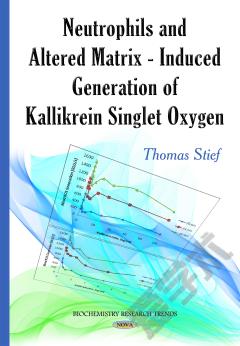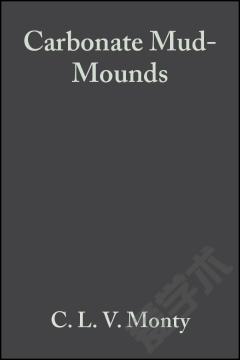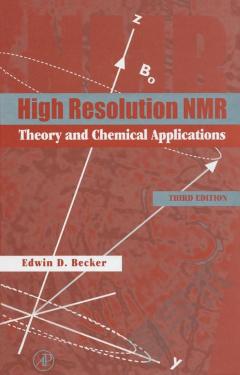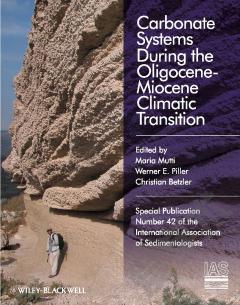Neutrophils and Altered Matrix - Induced Generation of Kallikrein Singlet Oxygen
Neutrophils are the cells that protect our lives against fungi, bacteria, or thrombi. In fungal or bacterial sepsis the flowing blood is exposed to unphysiologic matrices that fold factor 12 and prekallikrein into F12a and kallikrein. These two enzymes start the contact system of coagulation (altered matrix (AM) – coagulation). The intrinsic ten-ase, factor 10a, thrombin, and micro-thrombi are formed. The neutrophils answer to increased blood concentrations of kallikrein (also a tissue enzyme) or micro-thrombi with intracellular NADPH-oxidase assembly and secretion of extracellular myeloperoxidase, together these enzymes generate reactive oxygen species (ROS) of the type of singlet oxygen, a selective destructor of “non-self” and light signal emitter. Two very interesting clinical routine assays quantify the pro-oxidative capacity of neutrophils in unsupplemented or supplemented blood (the blood ROS generation assay (BRGA)) and the kallikrein and thrombin-generating capacity of any material (e.g. drinking water, vitamins, drugs, pathogens) that comes into contact with blood (the recalcified coagulation activity assay (RECA)). Especially the RECA is the breakthrough in innovative hemostasis diagnostic. Therefore, the present book focuses on activation of neutrophils by singlet oxygen or by kallikrein, an important starter enzyme of clinically so relevant altered matrix coagulation.
{{comment.content}}








 京公网安备 11010802027623号
京公网安备 11010802027623号